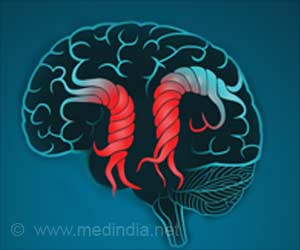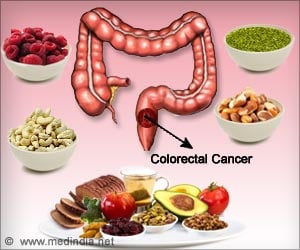One in four patients taking aromatase inhibitors had increased production of aromatase as the tumor increased the gene producing aromatase.
Highlights
- Patients with estrogen receptor (ERα)-positive breast cancer are treated with selective estrogen receptor modulators (SERMs) and/or aromatase inhibitors (AIs).
- More than //20% of patients relapse within 10 years and eventually progress to incurable metastatic disease.
- Relapsed patients developed numerous mutations targeting key breast cancer–associated genes.
- Biopsy taken after the relapse may help identify how the cancer has evolved and the treatment options available.
One of these drugs, called tamoxifen, prevents oestrogen from binding to DNA in cancer cells, while the second type of treatment, called aromatase inhibitors (AI), prevent residual oestrogen from being produced in other tissues.
AIs are usually used in women who have gone through the menopause. Their ovaries have stopped producing oestrogen, but some of the hormone is still made in several other tissues by an enzyme called aromatase. The medication prevents this enzyme from making oestrogen.
However both tamoxifen and aromatase inhibitors stop working in around one in three patients.Scientists assumed the tumors developed resistance in some way, but didn’t know how.
In the latest study, the team discovered that in one in four patients taking aromatase inhibitors, the tumors had increased production of aromatase in the cancer cells. The tumors appear to do this by increasing the number of aromatase genes, in a process called amplification.
Almost none of the tumors in patients taking tamoxifen had increased production of aromatase to boost their oestrogen supply -- and the team are now planning further studies into how cancer cells become resistant to tamoxifen.
"In many cases when an aromatase inhibitor stops working in a patient, doctors will try another type of aromatase inhibitor. However, our research suggests that if the patient’s cancer has started to make their own aromatase, this second drug would be useless. This is why we need a test to identify these patients," added Dr Magnani.
Dr Magnani added that, in the meantime, doctors should take a second sample of the tumor, called a biopsy, when the cancer returns. "At the moment, patients often only have one biopsy, when they are first diagnosed. However, if they had a second biopsy when the cancer returns, this will give us vital information about how the cancer has evolved and the treatment options available."
He hoped this study may lead to more options for patients whose breast cancer has returned or spread.
"Once a cancer spreads, the disease is incurable. However, let’s not give up this fight too soon - if we take a second biopsy we can find out which treatments would work. Around half of breast cancers are diagnosed in women over 65, which means that with treatment advances we may be able to make breast cancer a chronic disease, and enable people to reach a normal life expectancy."
Reference
- Luca Magnani et al., Acquired CYP19A1 amplification is an early specific mechanism of aromatase inhibitor resistance in ERα metastatic breast cancer, Nature Genetics (2017) doi:10.1038/ng.3773.
Source-Medindia
















